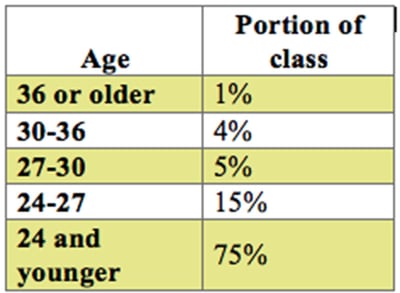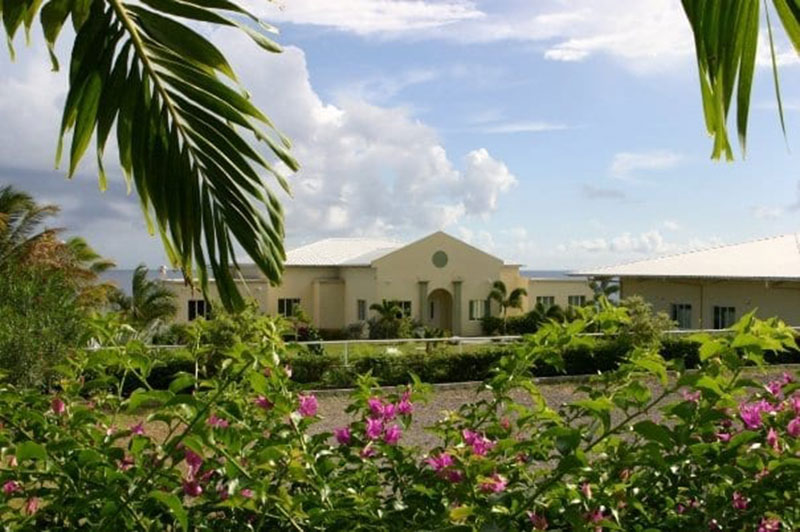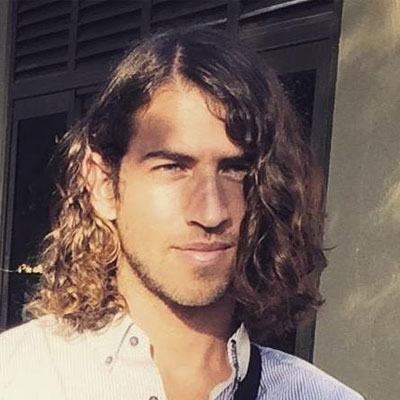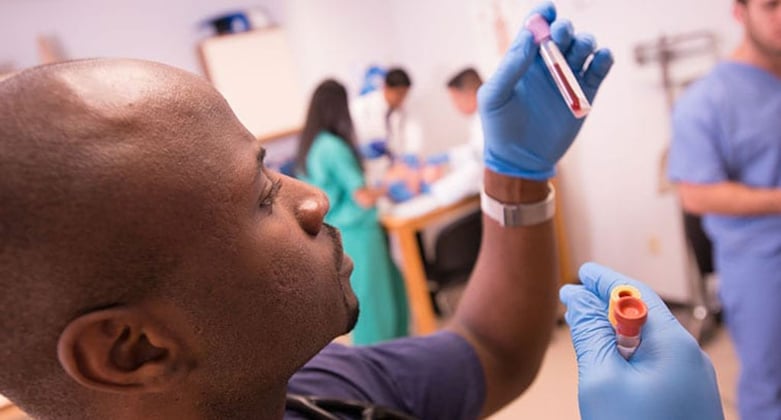As a medical school admissions counselor, I have the luxury of speaking with students from all walks of life. As the first point of contact in the application process, it’s my job to get to know prospective students and learn all about their lives, including goals, dreams/ambitions and experiences. Among my favorite type of students to meet are non-traditional students.
Non-traditional students are characterized as students who didn’t follow the standard path of: high school to college to medical school (with little or no breaks between). Northwestern University School of Medicine describes non-traditional students as anyone who’s taken more than two years off between undergrad and medical school.
My experience has taught me that non-traditional students are a much broader and more complex group than just everyone ages 24 and up. I really break non-traditional students into two groups: the “late-bloomers,” and the “career changers.”
Medical School ROI Calculator
Calculate your expected lifetime earnings and determine the ROI of medical school.
Generally speaking, the first group consists of students ages 24-28. These students I call the “late-bloomers,” but it’s not a shot at their capability or academic performance. For whatever reason, it’s just taken them a few extra years to start medical school. They may have gone down the pre-med path in undergrad, but at age 22 they weren’t quite ready to matriculate. Many of these students went abroad after graduating, or pursued experiences and jobs they knew would serve them later on as a doctor. This group may also contain students who’ve pursued other graduate work before medical school. I find these students to be well rounded, adventurous, more willing to take chances and think outside the box, than their “traditional student” counterparts.
The second group of non-traditional students, which I refer to as the “career changers,” are students ages 29+. This is an especially interesting group of people, as they’re often making major sacrifices to attend medical school. Many of these students have families or are leaving behind successful careers. Despite the choices and paths they’ve made in their younger years, the dream of becoming an MD is something that’s permeated throughout their lives. Because of the sacrifices they’ve made to attend medical school, we see these students being among the most committed and driven to succeed.
 According to the Association of American Medical Colleges, the number of medical school applicants ages 29+ for the past five years has averaged around 9%. This chart from 2001 reflects the average breakdown of age demographics in US medical schools.
According to the Association of American Medical Colleges, the number of medical school applicants ages 29+ for the past five years has averaged around 9%. This chart from 2001 reflects the average breakdown of age demographics in US medical schools.
Clearly the majority of students attending medical school are “traditional” students. However, prospective students may be wondering if being “non-traditional” automatically puts them at a disadvantage for medical school acceptance. In my experience, traditional and non-traditional students are evaluated on even terms. Where non-traditional students excel over their traditional counterparts are their life experiences and maturity. Medical school admissions officers are looking for candidates that can differentiate themselves from the thousands of other applicants, and many non-traditional students certainly fit that bill. Students with strong communication skills, and demonstrated confidence in front of people and in stressful situations, are always going to sit a notch above the curve. When I meet an applicant who is a mother of 2, and who’s been a practicing nurse for 15 years, I know without a doubt that this student will excel in medical school.
Given the fierce competition for seats in both US and Canadian medical schools, there is often debate concerning the logic of accepting non-traditional students. Not so much the “late bloomers,” but for the “career changers,” critics argue that seats are limited, so why should we train doctors who will ultimately practice less years than their younger counterparts?
I see many benefits to giving seats to older non-traditional students. One benefit is that these students bring with them life experiences and unique viewpoints. This can have a great effect on the medical school learning-environment, as other classmates are exposed to unique and differing opinions. Also, the emotional intelligence that comes with age and experience can make non-traditional students into more confident clinicians in shorter time than their peers. This means a shorter turnaround time for producing skilled doctors. Another benefit is that most non-traditional students are going into primary care type residencies. Primary care is where the biggest shortage and need for doctors lies. Policy makers and educators are scratching their heads trying to come up with ways to attract able doctors into primary care. It seems ridiculous to neglect non-traditional students, when they’re a student population willing and ready to take these residencies.

(Top photo & photo above) UMHS student at work & UMHS campus in St. Kitts. Photo: UMHS archives.
Caribbean medical universities like UMHS will continue to be a haven for non-traditional medical students, especially those in the “career changers” group. UMHS's incoming September classes have had at least 20% of students in the 28+ age bracket for the past 2 years. This is more than 10% higher than the US average. In our eyes, as long as a student is qualified and driven, age should be no discriminator in acceptance to medical school.
About UMHS:
Built in the tradition of the best US universities, the University of Medicine and Health Sciences focuses on individual student attention, maintaining small class sizes and recruiting high-quality faculty. We call this unique approach, “personalized medical education,” and it’s what has led to our unprecedented 96% student retention rate, and outstanding residency placements across the US and Canada. UMHS is challenging everything you thought you knew about Caribbean medical schools.

Ryan is the Director of Marketing at UMHS. He holds a Masters in Public Health from the University of Southern California and a BA in Marketing from the University of Maryland, College Park. He is also a musician an avid outdoorsman.


















